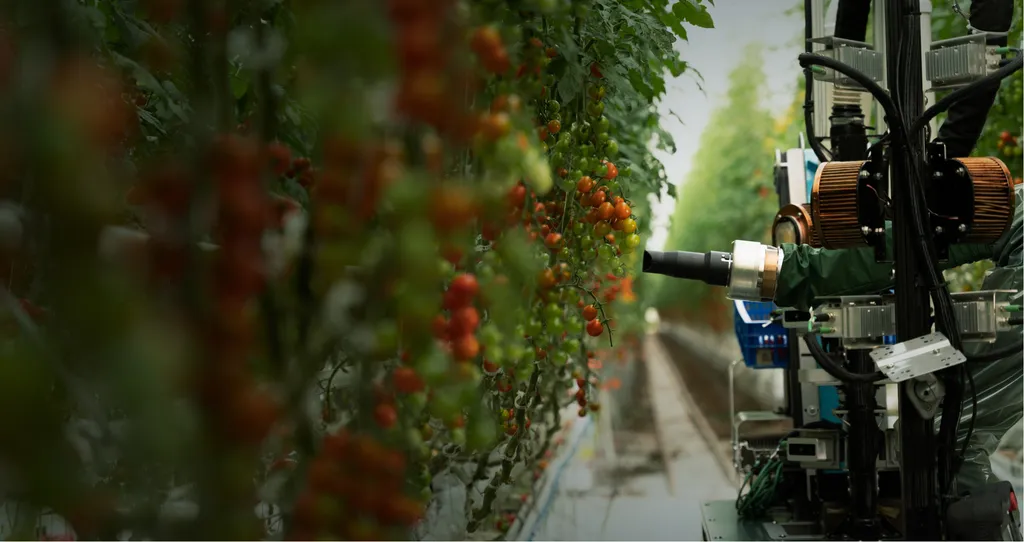In the ever-evolving world of remote sensing and agricultural technology, a groundbreaking development has emerged that promises to significantly reduce the labor and cost associated with instance segmentation—a critical task in precision agriculture. Researchers have introduced a novel approach called Single-Point Supervised Instance Segmentation (SPSIS), which drastically cuts down on the need for extensive manual labeling while maintaining high accuracy. This innovation could revolutionize how farmers and agritech companies monitor and manage crops, ultimately leading to more efficient and sustainable agricultural practices.
The challenge of instance segmentation in remote sensing has long been hampered by the requirement for numerous accurate mask labels, a process that is both time-consuming and expensive. Traditional weakly supervised methods, which use multiple points or bounding boxes for each object, still demand substantial manual effort. Enter SPSIS, a model that requires only one point per object, thereby reducing the annotation burden significantly. “By leveraging the Segment Anything Model (SAM) to generate pseudobounding boxes and employing a sophisticated point classification method, we’ve created a system that is both efficient and highly accurate,” explains Yinda Wang, the lead author of the study published in the IEEE Journal of Selected Topics in Applied Earth Observations and Remote Sensing.
The SPSIS model works by first generating pseudobounding boxes using refined masks from the Segment Anything Model. Candidate points are then randomly sampled within these boxes. The researchers developed a point classification method that combines ensemble learning and a label propagation algorithm to classify these sampled points accurately. Finally, a point loss function ensures that the mask-based instance segmentation model can effectively adapt to the point samples. This streamlined process not only reduces the need for manual labeling but also narrows the precision gap between weakly and fully supervised instance segmentation.
The implications for the agriculture sector are profound. Precision agriculture relies heavily on accurate and timely data to optimize crop management, from planting to harvesting. Instance segmentation is crucial for identifying and monitoring individual plants or objects within a field, enabling farmers to make data-driven decisions. With SPSIS, the cost and effort required to gather this data are significantly reduced, making advanced agricultural technologies more accessible to a broader range of farmers. “This technology has the potential to democratize precision agriculture, allowing smaller farms to benefit from the same level of detailed monitoring and analysis that was previously only available to larger operations,” says Wang.
The research team conducted extensive experiments on agricultural greenhouse and WHU datasets, demonstrating the superiority of SPSIS. The results show that the model not only reduces the annotation burden but also maintains a high level of accuracy, making it a viable solution for real-world applications. As the agriculture industry continues to embrace technology to enhance productivity and sustainability, innovations like SPSIS are poised to play a pivotal role.
Looking ahead, the success of SPSIS could inspire further developments in weakly supervised learning methods, pushing the boundaries of what is possible in remote sensing and agricultural technology. The integration of advanced models like SAM with innovative classification techniques opens up new avenues for research and application. As Yinda Wang and his team at the State Key Laboratory of Remote Sensing Science, Institute of Remote Sensing Science and Engineering, Faculty of Geographical Science, Beijing Normal University, continue to refine and expand their work, the future of precision agriculture looks brighter and more efficient than ever.

